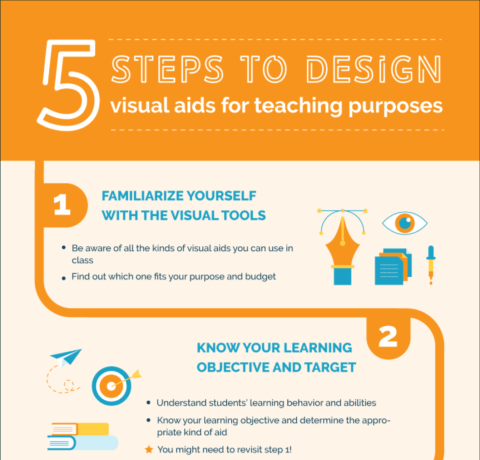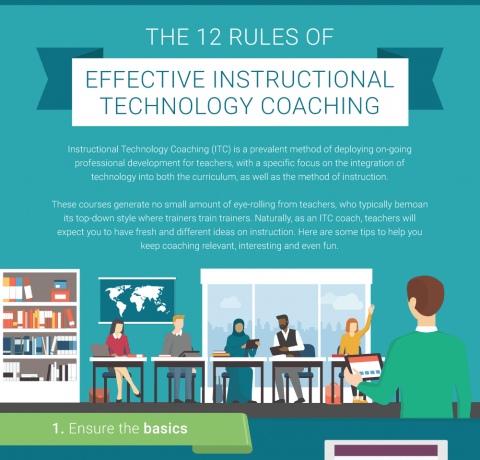Teachers' Professional Development Barriers Infographic
Teachers’ access to professional learning supports varies widely across the world. According to the 2013 Teaching and Learning International Survey (TALIS), access to opportunities for collaboration, barriers to professional development, and sources of feedback look different in the United States when compared with other countries. In a three-part series, we explore these differences.
Barriers to Professional Development
High-quality, sustained professional development for teachers is crucial. Remaining a great teacher requires staying up-to-date on advances in technology and the learning sciences, changes in curriculum, and evidence-based student intervention programs and practices. Yet many teachers around the world may not participate in professional development to the extent that they would prefer. The Teachers' Professional Development Barriers Infographic delves into the barriers to participation, examining which ones appear to be most prominent for teachers in the United States1 —and internationally.
For U.S. teachers, “conflicts with work schedule,” “no incentives,” and “conflicts with family responsibilities” were the most frequently cited barriers to participating in professional development. On average across countries, the highest percentages of international teachers also cited “conflicts with work schedule” and “no incentives” as barriers to professional development. International teachers’ third most frequently cited barrier was “too expensive,” differing from U.S. teachers.







You can adjust your cookie preferences here.